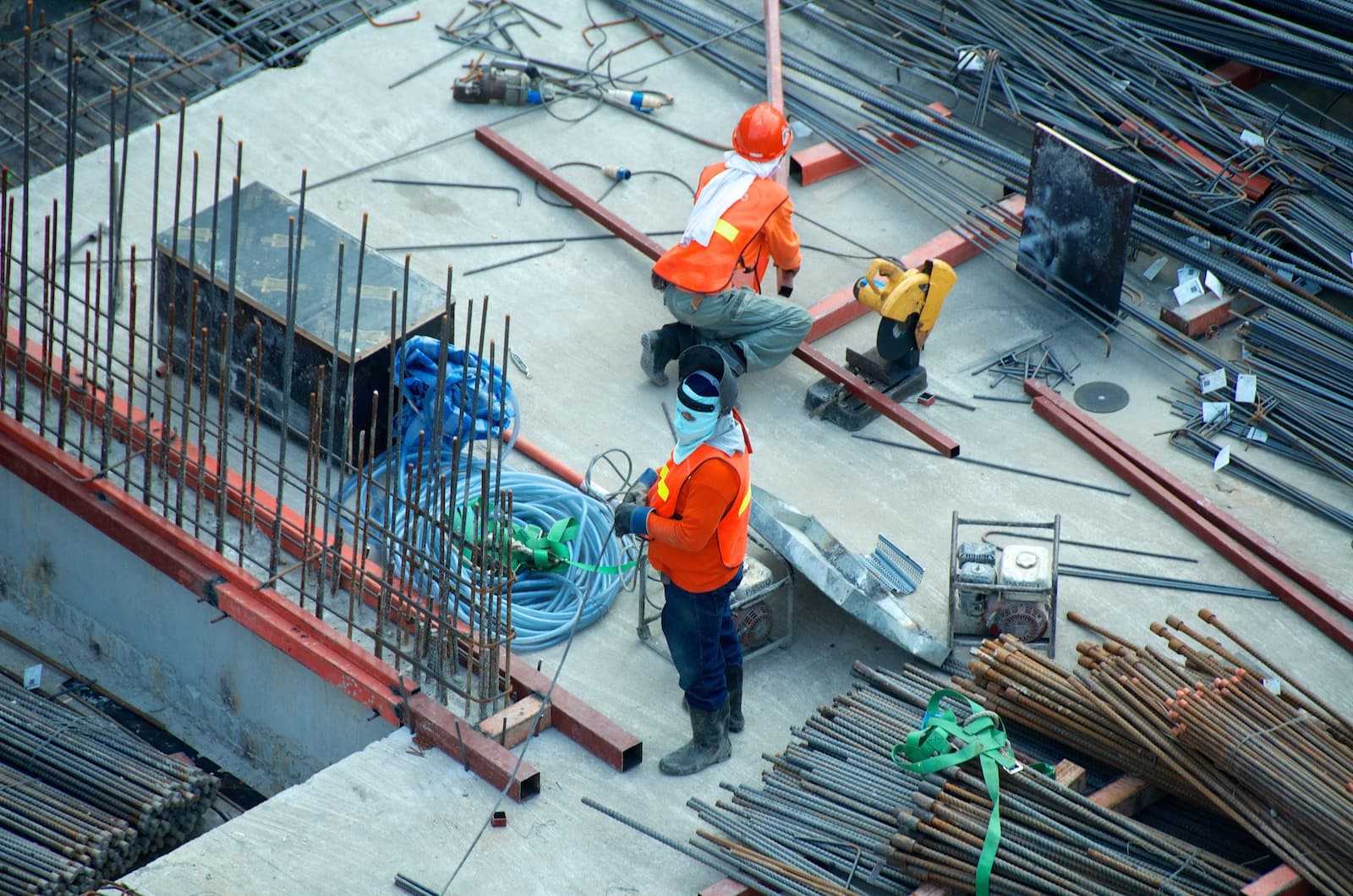Loading News Article...
We're loading the full news article for you. This includes the article content, images, author information, and related articles.
We're loading the full news article for you. This includes the article content, images, author information, and related articles.
Kenya's construction sector is projected to offer the fewest new jobs in 2025, according to a Central Bank of Kenya (CBK) survey, raising concerns about employment generation despite significant government infrastructure pledges.

The construction sector in Kenya is facing its most challenging year for job creation, with a recent Central Bank of Kenya (CBK) survey indicating that no firms in the sector plan to hire new workers in 2025. This marks a significant decline from July, when 20 percent of construction companies had expressed intentions to expand their workforce.
This pessimistic forecast for the construction industry, a key pillar of Kenya's economy, contrasts sharply with the government's ambitious infrastructure development agenda, including the much-touted affordable housing initiative. The sector's struggles are attributed to various factors, including increased taxation, high energy costs, a high cost of doing business, and weak purchasing power, as highlighted by respondents in the CBK survey.
The construction sector's performance has been on a downward trend. The 2025 Economic Survey by the Kenya National Bureau of Statistics (KNBS) reported a 0.7 percent decline in the sector's growth in 2024, a notable drop from the 3.0 percent expansion recorded in 2023. This slowdown is attributed to reduced activity in both public infrastructure and private sector projects.
Despite this, the government maintains that initiatives like the Affordable Housing Programme (AHP) are generating employment. Treasury Cabinet Secretary John Mbadi stated in June that 250,000 Kenyans had been directly employed through the AHP. The government has allocated KSh 128.3 billion for housing, urban development, and public works sub-sectors for the year ending June 2026, with KSh 64.5 billion specifically for the construction of Affordable Housing Units.
The sector's grim outlook also follows a three-month halt in public procurement activities due to delays in implementing the electronic government procurement (e-GP) system. This blockade impacted several affordable housing projects, including one for nearly 2,000 houses in Kiambu County. However, the State Department for Housing has since initiated procurement processes, planning to source KSh 7.6 billion for building, facility construction, and maintenance services.
President William Ruto, speaking on Monday, October 20, 2025, during Mashujaa Day celebrations in Kitui County, reiterated his administration's commitment to an ambitious infrastructure transformation programme. He announced plans to dual 1,000 kilometres of major highways and construct an additional 10,000 kilometres of new tarmac roads. The President also reaffirmed the government's commitment to completing the Standard Gauge Railway (SGR) line from Naivasha to Kisumu and onward to Malaba.
While the construction sector faces a bleak outlook, other sectors show more promise for job creation. For instance, half of the executives in the transport sector now indicate plans to hire more workers, a significant improvement from July when no companies in the sector had such intentions.
The National Construction Authority (NCA) has a strategic plan for 2025-2028 aimed at advancing Kenya's Bottom-Up Economic Transformation Agenda (BETA). This includes empowering micro-enterprises through contractor registration, accrediting and upskilling workers, and promoting local materials to boost community-based enterprises.
The contraction in the construction sector, coupled with a bleak job outlook, poses significant risks to Kenya's overall economic growth and employment targets. The decline in lending to the sector by commercial banks, a 12.4% drop from KSh 602.7 billion in 2023 to KSh 528.0 billion in 2024, signals tightening liquidity and could lead to project delays and stalled developments. High interest rates and stricter lending conditions could further suppress housing demand.
The volatility of raw material prices, such as cement, steel, and timber, due to global market fluctuations and local logistical challenges, directly impacts project budgets and forces developers to compromise on quality or affordability. Inadequate infrastructure networks also hinder material delivery, adding to costs and project timelines.
While the government highlights job creation through the Affordable Housing Programme, official statistics paint a different picture for the broader construction sector. The discrepancy between government pronouncements and survey findings raises questions about the actual impact of these initiatives on employment within the industry.
The overall unemployment rate in Kenya is projected to rise modestly to 7.23 percent in 2025, affecting nearly 1.95 million people. Youth unemployment remains a critical concern, with reports indicating that nearly 75 percent of Kenyans under 35 face limited access to meaningful job opportunities.
The government's commitment to infrastructure development includes ongoing projects like the Lamu Port-South Sudan-Ethiopia-Transport (LAPSSET) Corridor, various mega dams, and the expansion of key highways. The first phase of the Konza Technopolis smart city project was activated in mid-October 2025, featuring smart roads, water and drainage networks, and utility tunnels. This project is projected to contribute at least 2% to the national Gross Domestic Product and create several thousand skilled jobs.
Observers will be closely watching the impact of the government's renewed focus on infrastructure development and the Affordable Housing Programme on job creation within the construction sector. The effectiveness of the e-GP system in streamlining public procurement and preventing future project halts will also be crucial. Furthermore, the implementation of the National Construction Authority's strategic plan to build capacity and promote local materials could offer some relief to the struggling sector.
Keep the conversation in one place—threads here stay linked to the story and in the forums.
Other hot threads
E-sports and Gaming Community in Kenya
Active 6 months ago
Popular Recreational Activities Across Counties
Active 6 months ago
The Role of Technology in Modern Agriculture (AgriTech)
Active 6 months ago
Investing in Youth Sports Development Programs
Active 6 months ago